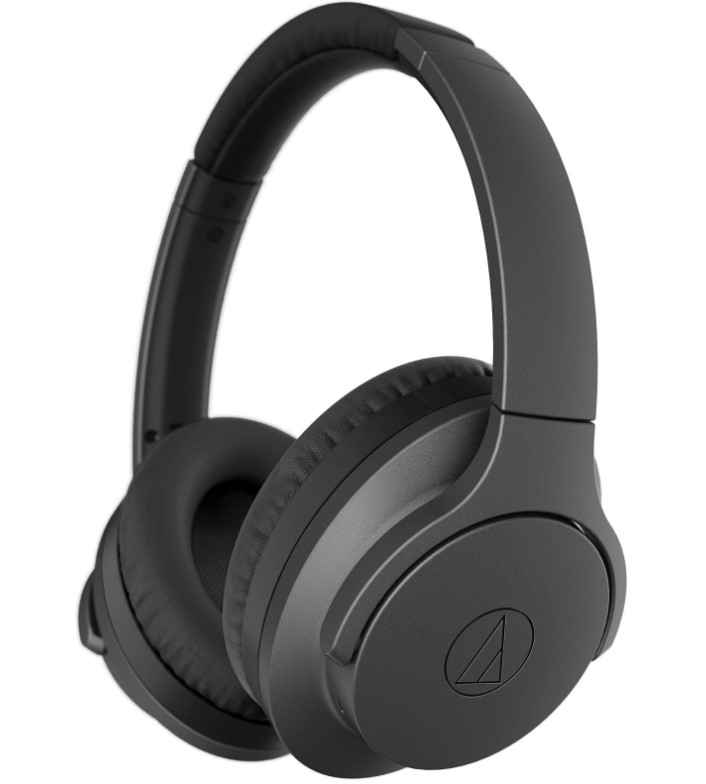Gaming Support – The Philips OLED807 embeds all that is best in a “small” television: an Oled Ultra HD panel, the sixth generation Philips P5 processor, a light sensor associated with an Ambient Intelligence mode, a 70 W 2.1 audio system , HDMI 2.1 4K/120 Hz VRR and of course the Philips brand’s own Ambilight system.
Presentation
The Philips 48OLED807 features the new 48-inch (≈122 cm) 10-bit Oled EX panel displaying an Ultra HD definition of 3840 x 2160 pixels. If it is indeed a latest generation panel, the peak of brightness is more limited than that of OLED televisions of 55 inches and more. LG Display explains that the pixel density on the 42 and 48 inch panels does not increase the brightness effectively.
The TV retains its original four-sided Ambilight ambient lighting system, but the system is much more accurate. It is no longer green, blue and red diodes to generate each color, but three RGB diodes. The OLED807 incorporates the sixth version of the Philips P5 AI video processor which supports the ambient light sensor to adapt the image to surrounding lighting.
This television is also distinguished by the integration of a central rotating stand, an accessory that has become very rare on televisions, and even more so on high-end models. Everything is powered by Android 11.
The Philips 48OLED807 is currently sold for around €1300. All larger models have a brighter Oled EX panel, but the functionality remains the same. It is thus available in 55 (Philips 55OLED807), 65 (Philips 65OLED807) and 77 inch (Philips 77OLED807) versions at respective prices of 1600, 2000 and 3900 €.
All brightness and colorimetry measurements mentioned in this article were performed with a SpectraCal C6-HDR probe and CalMAN Ultimate software.
Image quality
The Philips 48OLED807 uses a sub-pixel structure identical to that of the LG 65C2 which uses a latest generation Oled EX panel. However, as we said, the peak of brightness is not comparable. The operation of the Oled panel is identical to that of other models equipped by LG Display.
The blue and green sub-pixels are in the shape of fairly thin sticks, while the red sub-pixel is larger in order to support a higher peak of brightness, while maintaining a color temperature close to 6500 K.
Oled technology offers very good viewing angles and limits the loss of brightness at 45° to 18% – but we now find even better on the QD-Oled side with almost zero loss at 45°. Obviously, there is no variation on the black, the sub-pixels being switched off individually.
HDR
The Philips 48OLED807 is compatible with all HDR formats, whether the dynamic metadata formats Dolby Vision and HDR10+, or the classic HDR10 and HLG.
With a maximum HDR signal at 10,000 cd/m², the Display Tone Mapping used by Philips follows the reference EOTF curve well, while being very slightly above it. From 65% luminance, the signal is smoothed to retain detail in bright areas up to the TV’s maximum capabilities.
The Philips 48OLED807 is content with a peak brightness of 685 cd/m² in Filmmaker mode and in Home Cinema mode. This is a little less than the 750 cd/m² of the Philips 55OLED856 and much less than the 824 cd/m² of the Philips 65OLED936, but it’s pretty standard for a slab under 55 inches.
Video games
We measured the display lag at just 15.3ms, less than one frame per second at 60Hz. practical, there is no lag between the action on the controller and its impact on the screen. With an afterglow time of less than a millisecond, OLED technology makes it possible to minimize the effects of blurring behind moving objects, which however remain present due to retinal persistence.
The Philips 48OLED807 has two HDMI 2.1 inputs (1 and 2) compatible with 4K 120 Hz signals, ALLM (Auto Low Latency Mode) which automatically reduces display delay and VRR (Variable Refresh Rate) which eliminates image tearing and micro-jerks. This TV is also compatible with FreeSync Premium from Xbox One S/X and Xbox Series S/X, as well as Nvidia’s G-Sync for PC gaming enthusiasts.
Clouding
As with all OLED televisions on the market, each pixel is managed individually and therefore there is no clouding. Banding effects (horizontal or vertical stripes) are also absent. The homogeneity of brightness on the panel is excellent: we measured the average difference in white homogeneity across the entire 48-inch panel at just 2%. This very good result is again explained by the use of OLED technology.
Consumption
We measured consumption at 61 W on our test chart with white set to 150 cd/m². Relative consumption is thus limited to 96 W/m², which is very slightly lower than the average of the televisions tested (around 100 W/m²). This is still far from the consumption of an LG 65G2 which is content with 70.4 W / m², but the most economical are LCD televisions equipped with a simple backlighting system like the Xiaomi 55 P1E (66 W / m²).
Repairability
The Philips 48OLED807 displays an honorable repairability index of 7.9/10. The note is handicapped by a 10.2/20 in ” duration of availability and [the] delivery times of spare parts “, and an 11/20 concerning the price of spare parts compared to the price of the new product. The repair should be rather long and quite expensive.
Conclusion
The Philips 48OLED807 is a very good Oled TV, boasting excellent image quality and flawless ergonomics. We can simply blame it for the weakness of its audio system and its peak brightness set back from that of the larger models, but it has significant advantages, such as its high-performance Philips P5 processor, its rotating foot or its Ambilight system. which always has its small effect.
